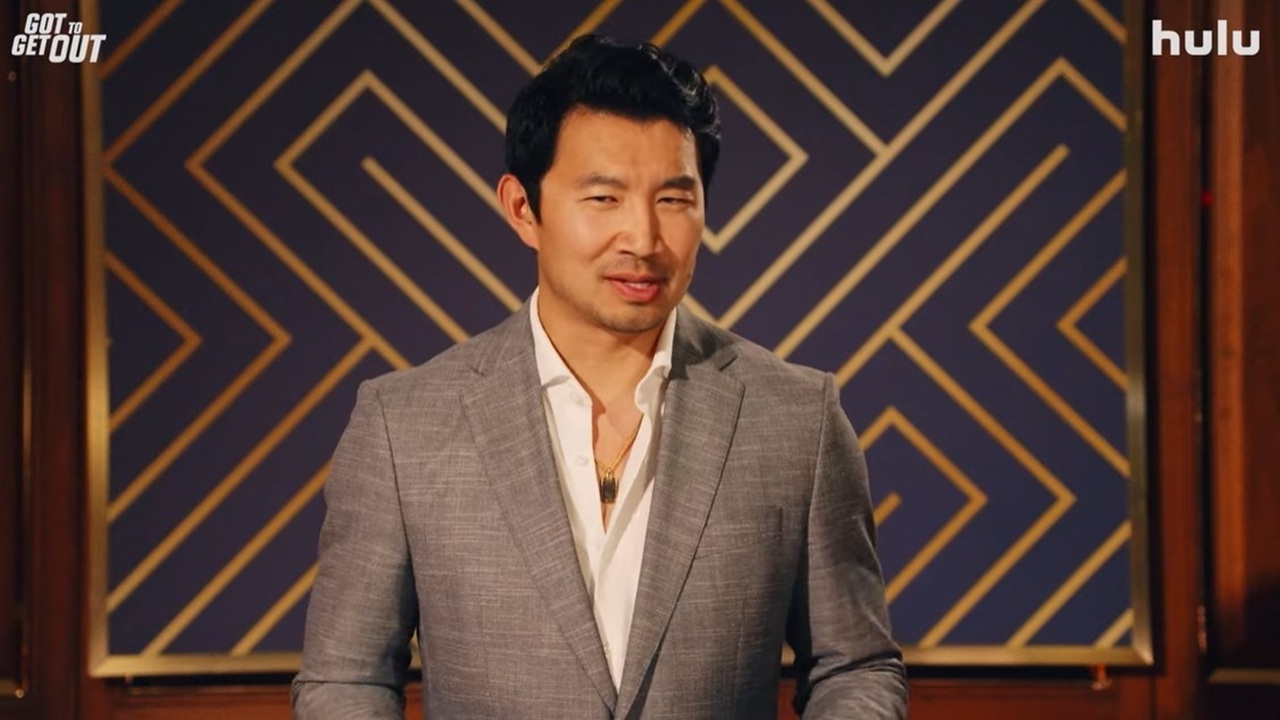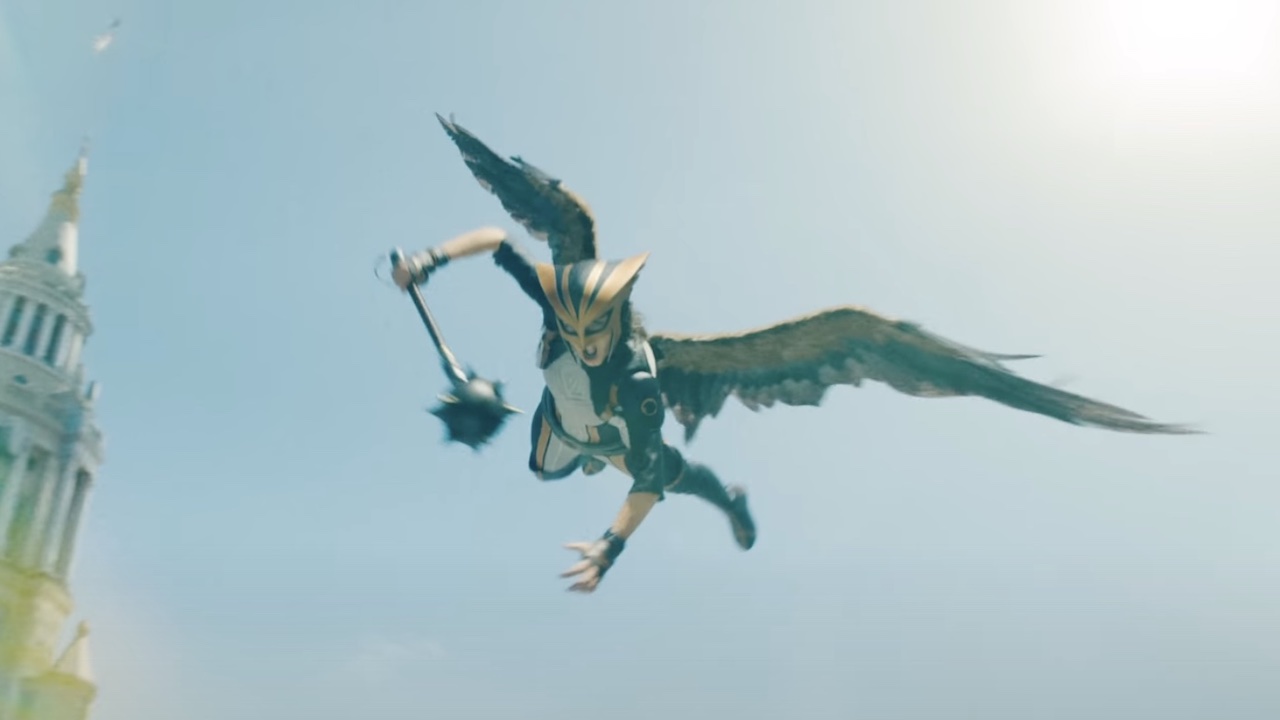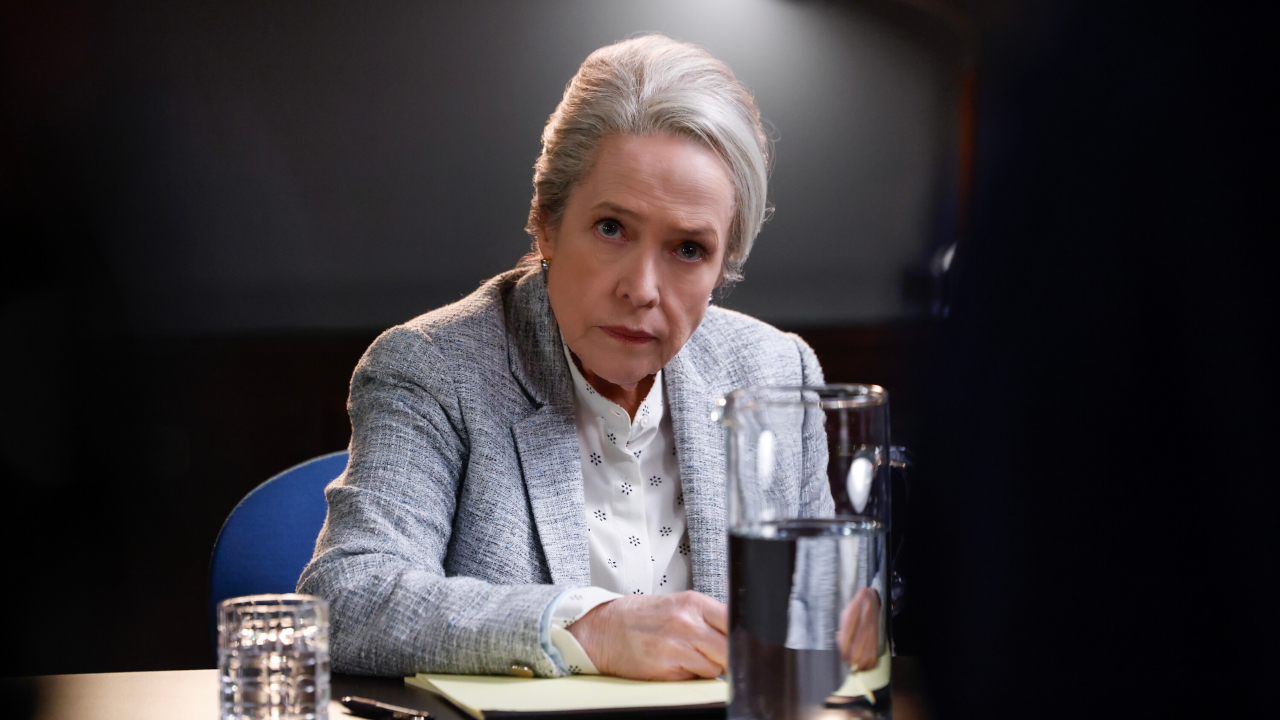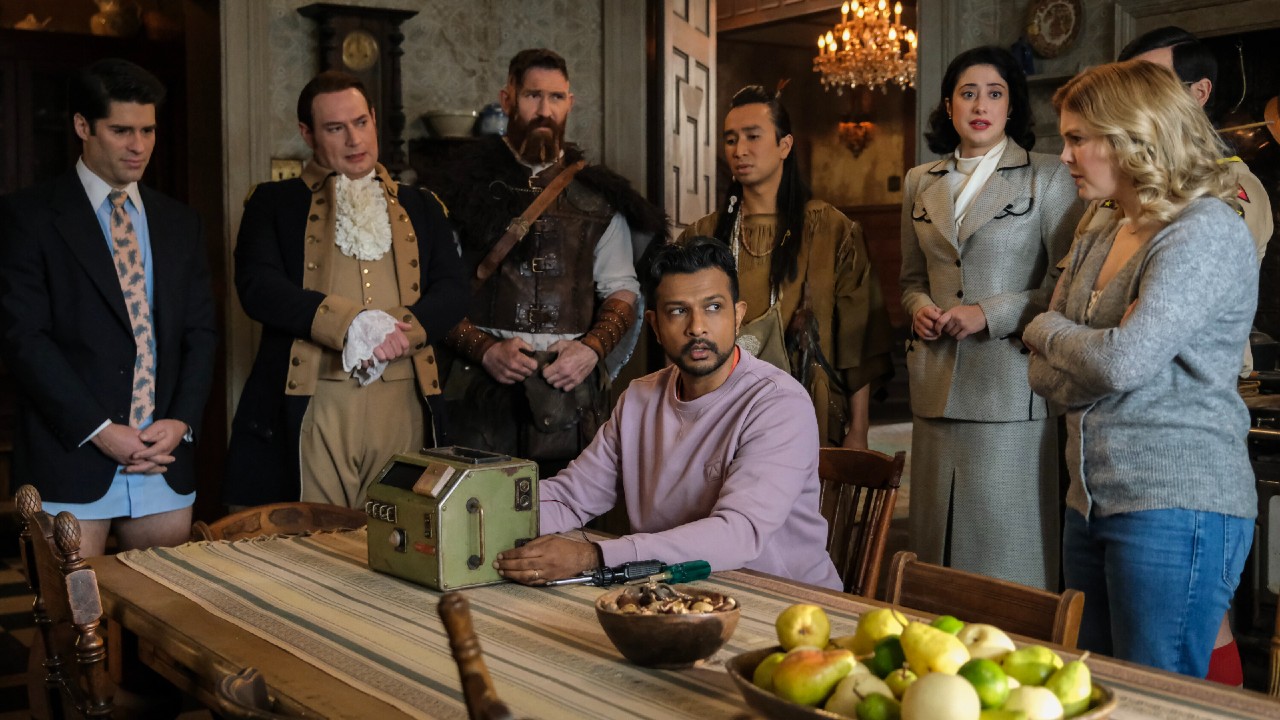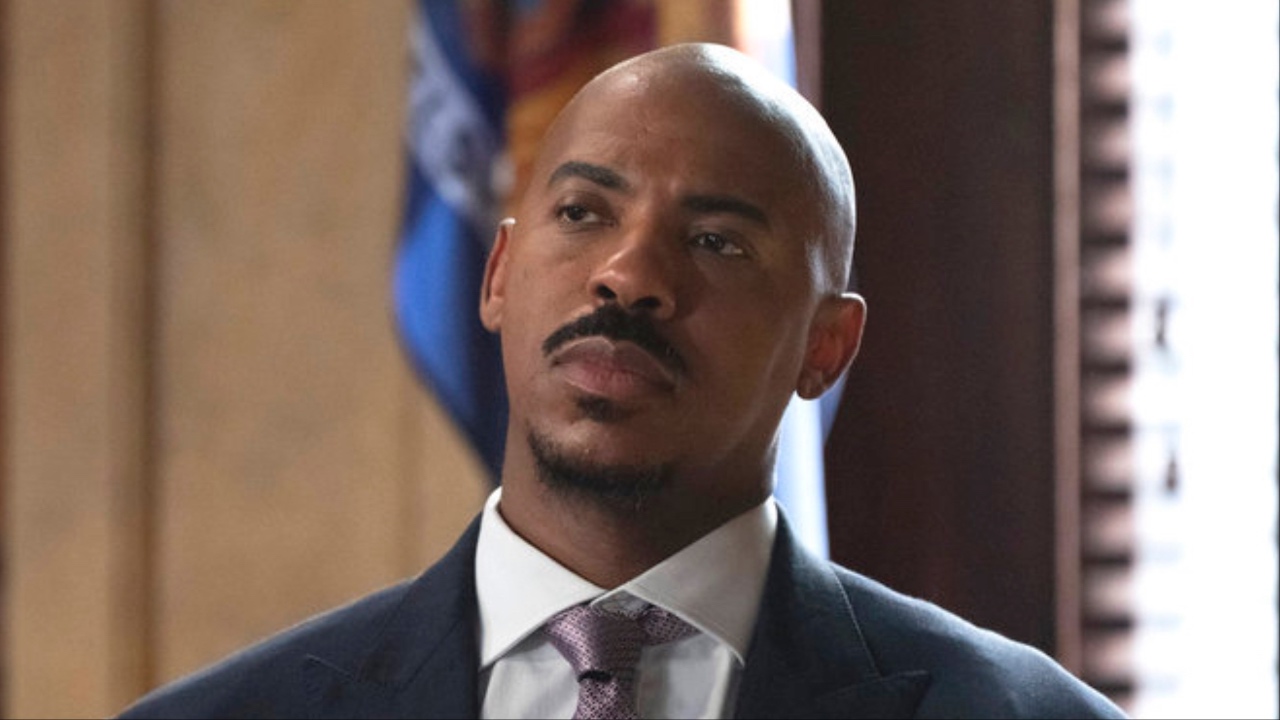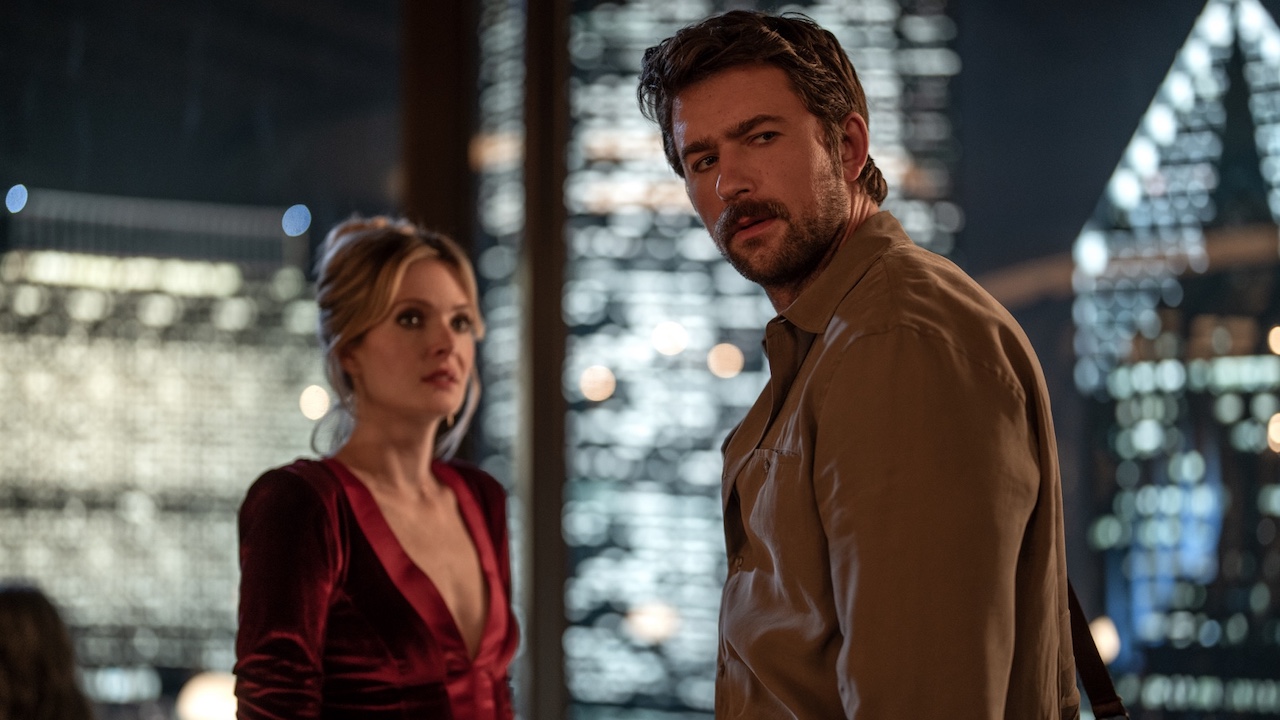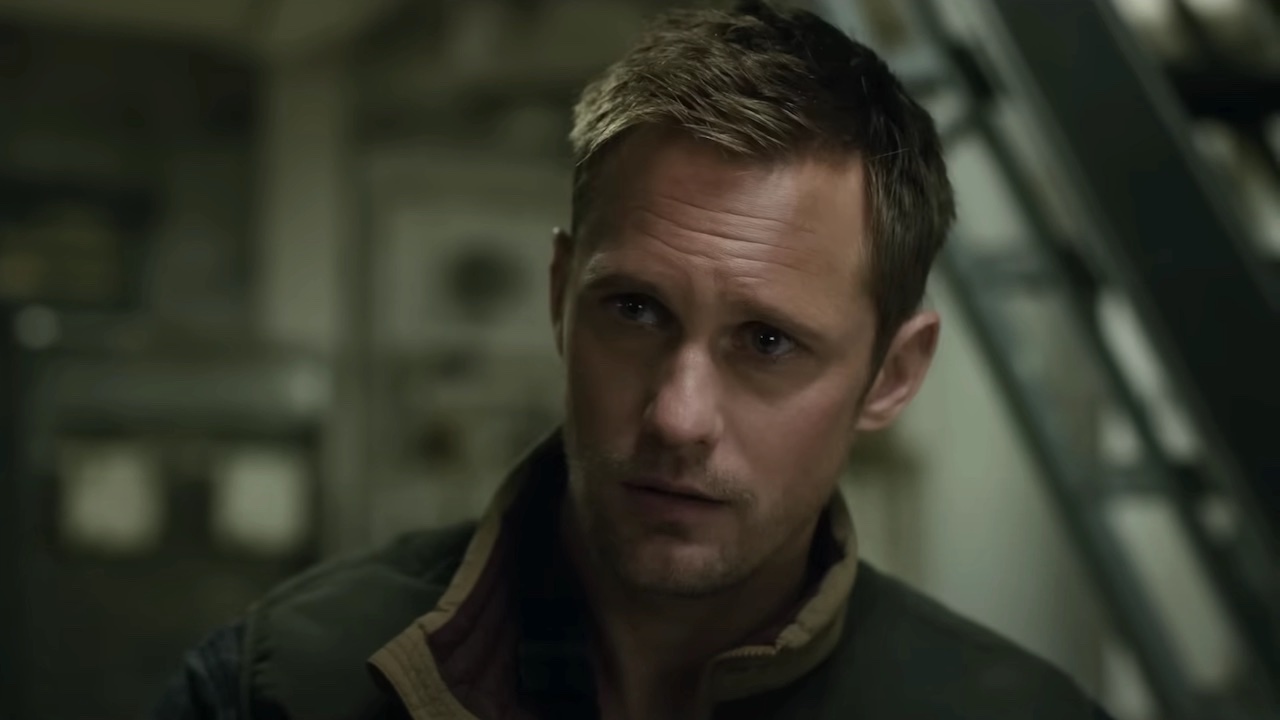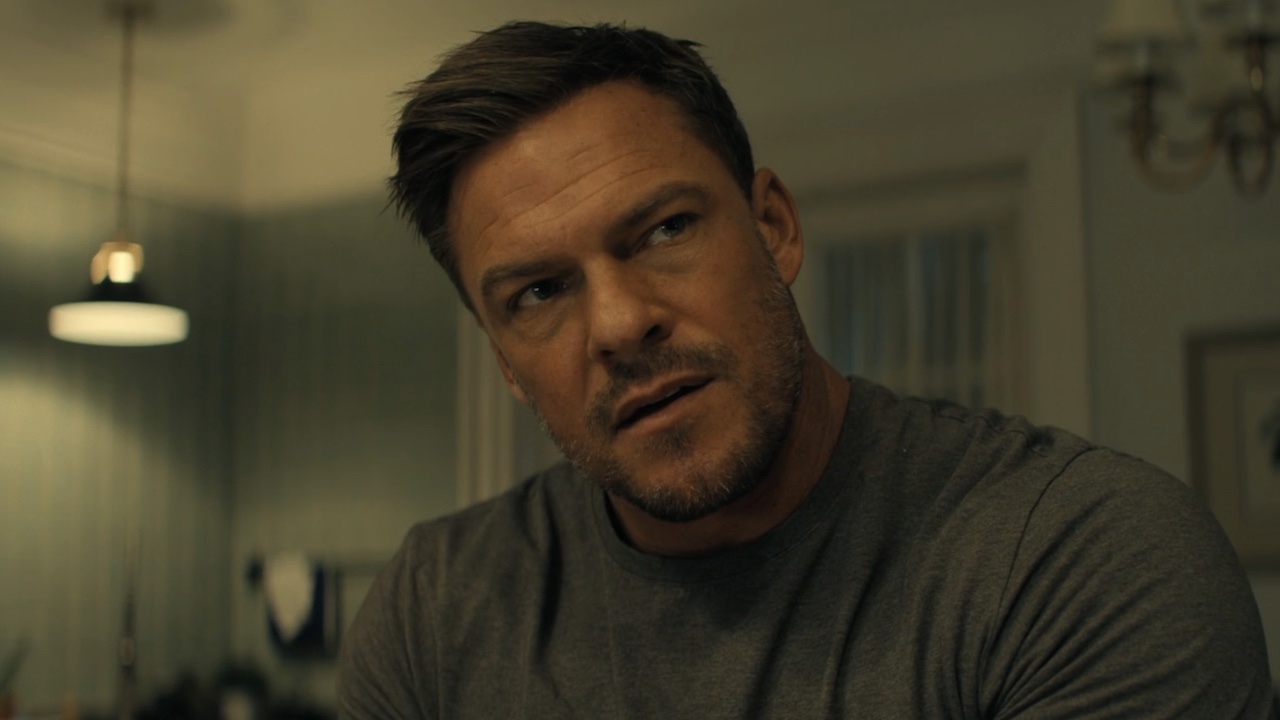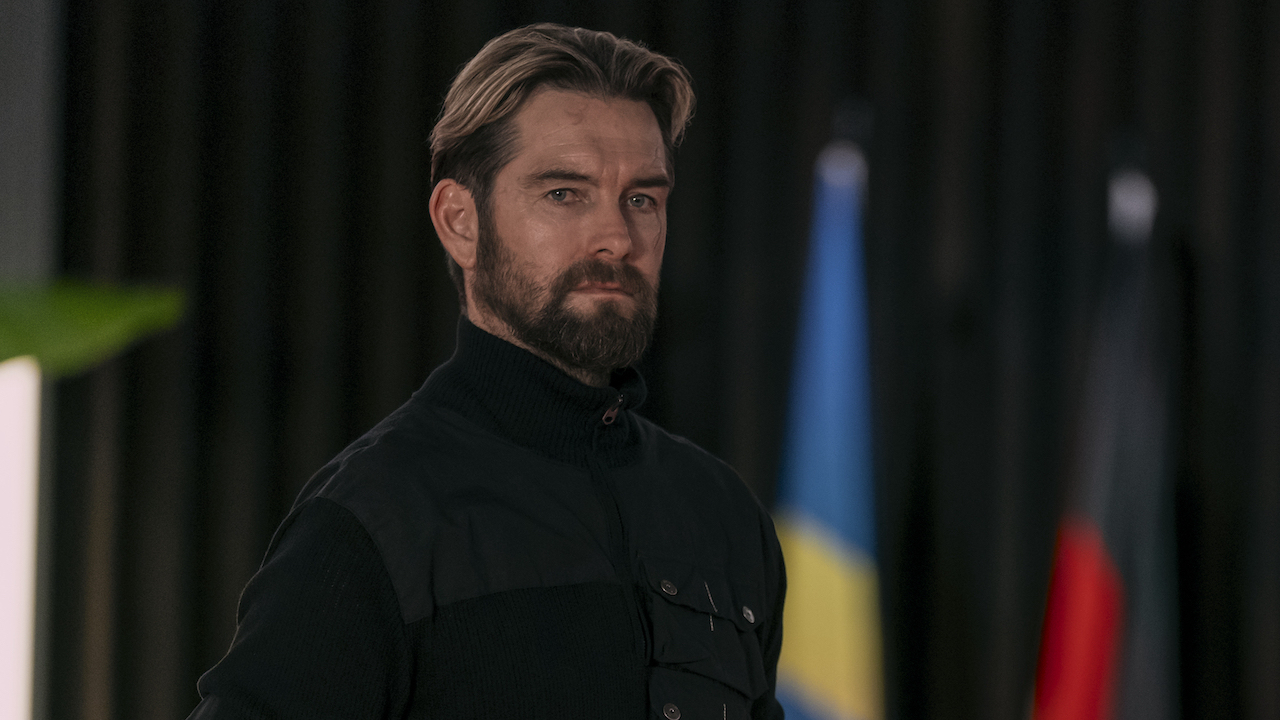Star Wars: The Evolutions And Variations Of The Lightsaber
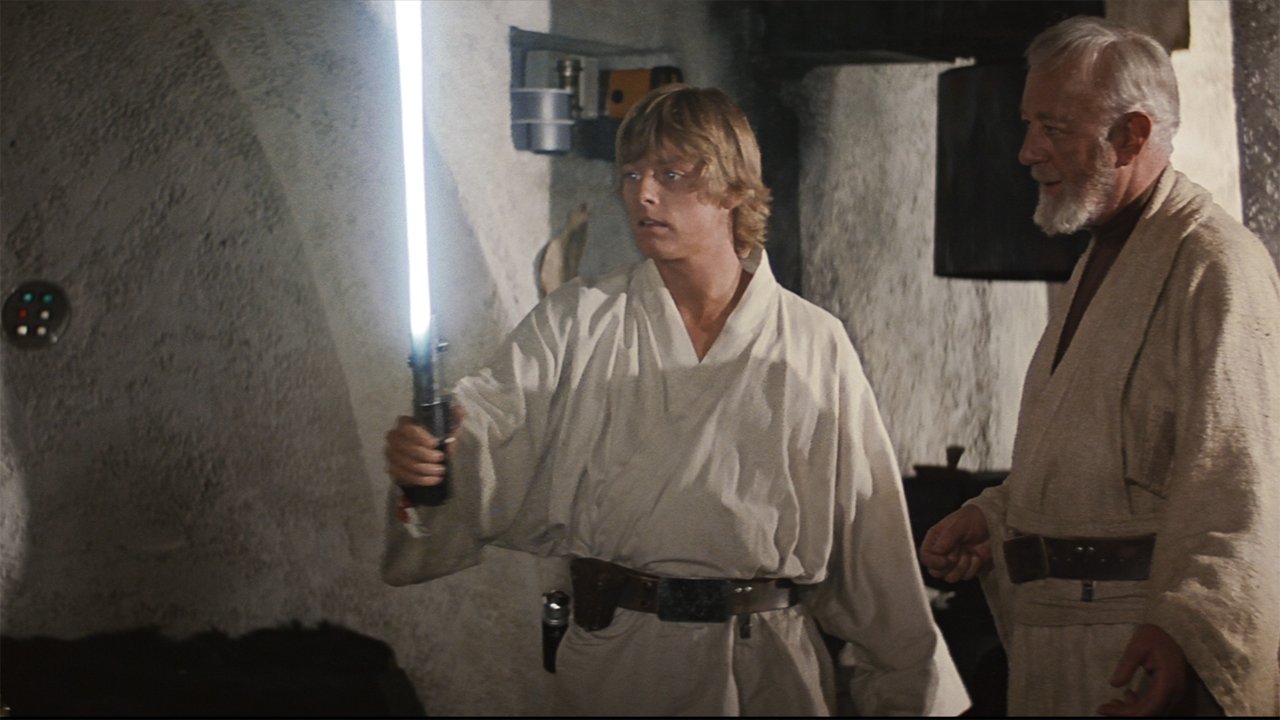
As far as fantastical science-fiction weapons go, there are few greater in cinematic history than the lightsaber. It was specifically inspiration from samurai movies that moved George Lucas to have the greatest heroes and villains in the Star Wars universe wield bladed weapons, and when that concept mixed together with some brilliant-yet-simple construction involving old camera equipment and various hardware, the result was the creation of one of film history’s most iconic props.
Fans have now been celebrating the existence of lightsabers in all their variations for more than 40 years, and we've built this guide to highlight some of the most iconic examples of the weapon from the live-action franchise. To start, let's begin with the most iconic version of the laser sword.
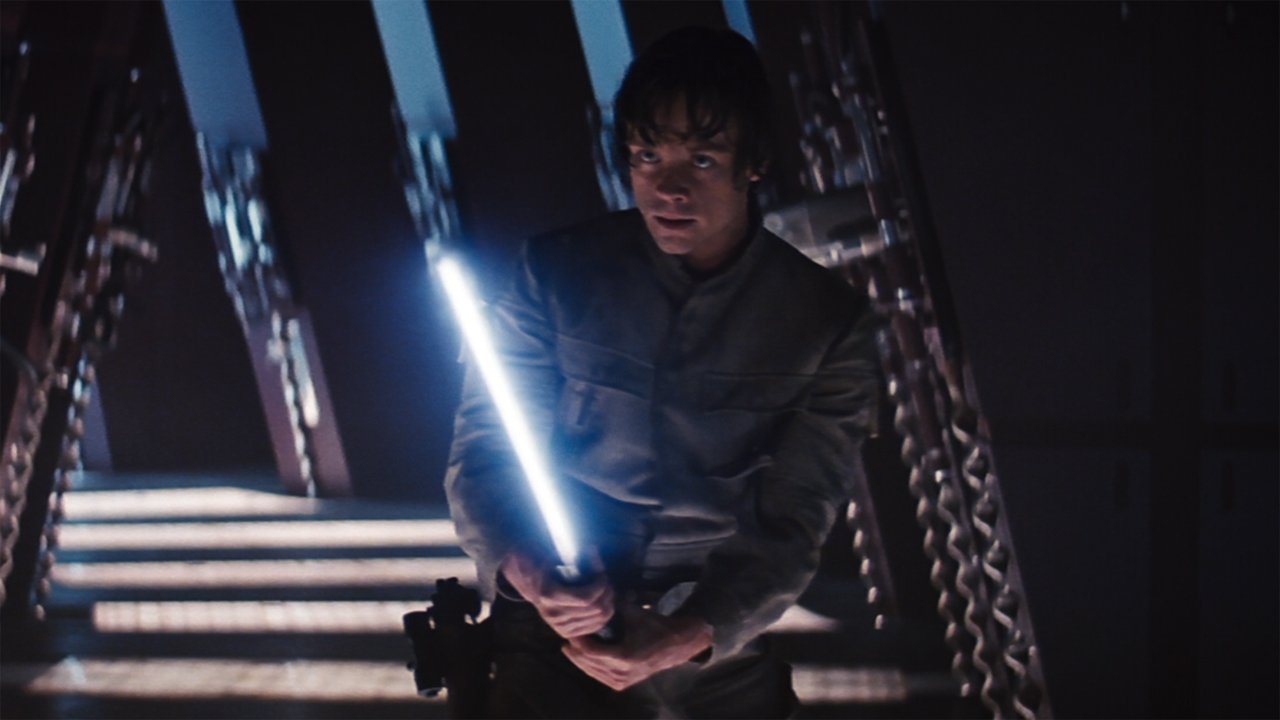
The Skywalker Lightsaber
When the lightsaber is first introduced in the Star Wars franchise, it's the Skywalker Lightsaber that is put front and center – which is ultimately appropriate given its incredibly important history. Anakin created it during the Clone Wars, and he used it up until his turn to the Dark Side, after which it was taken in a duel with Obi-wan Kenobi. Eventually Kenobi bestowed it upon Anakin’s son, Luke, who used it in both Star Wars: A New Hope and Star Wars: The Empire Strikes Back, but it was presumed lost when Darth Vader cut off the hand Luke was using to hold it during a battle on Cloud City. We don’t really know exactly what happened to it after that point, but it eventually wound up in the possession of Maz Kanata, who gave it to Rey when it called to her in Star Wars: The Force Awakens.
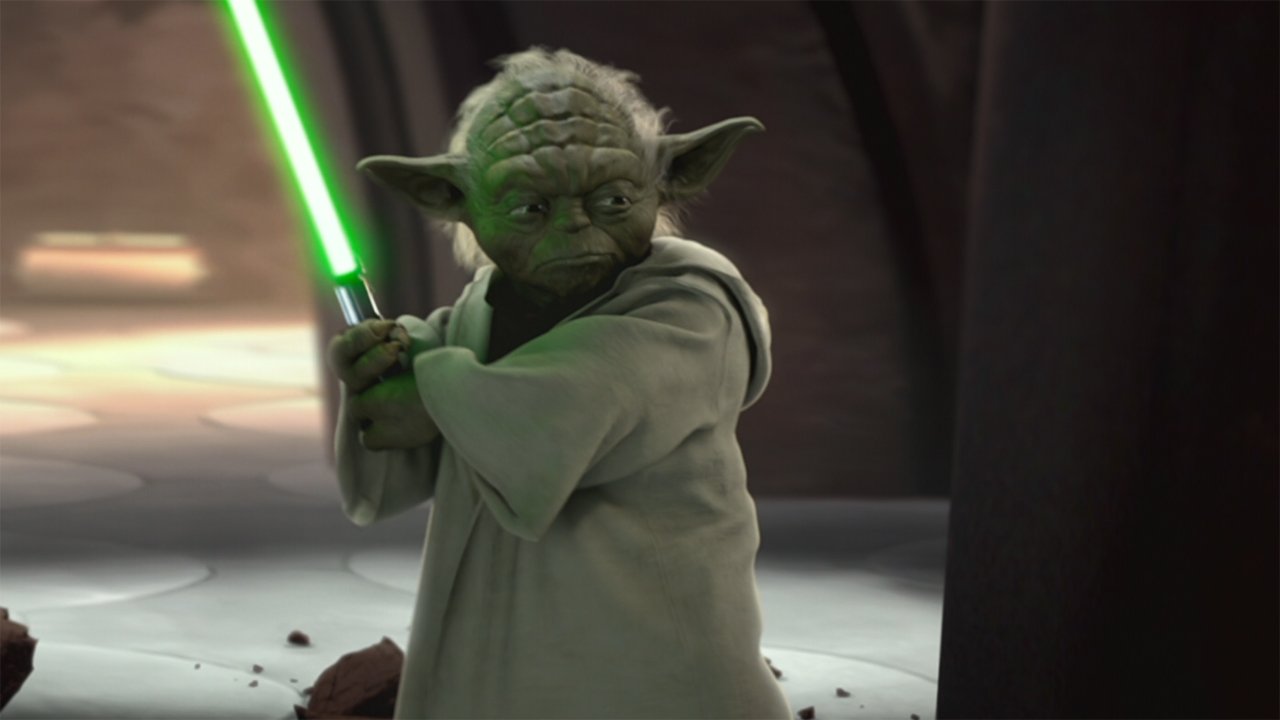
Yoda
Like many Jedi Masters, Yoda built his own lightsaber, which goes a long way in explaining why it’s so very much a reflection of him. In addition to having a green blade – a shade a bit brighter than Yoda’s skin – it also has a hilt that is much shorter than most (which is an extension of the fact that Yoda is much shorter than most Jedi). As depicted in the only sequence where the diminutive alien does battle (versus Count Dooku in Star Wars Episode II: Attack Of the Clones), having a smaller weapon is advantageous for the way he fights, which involves a lot of leaping and jumping around.
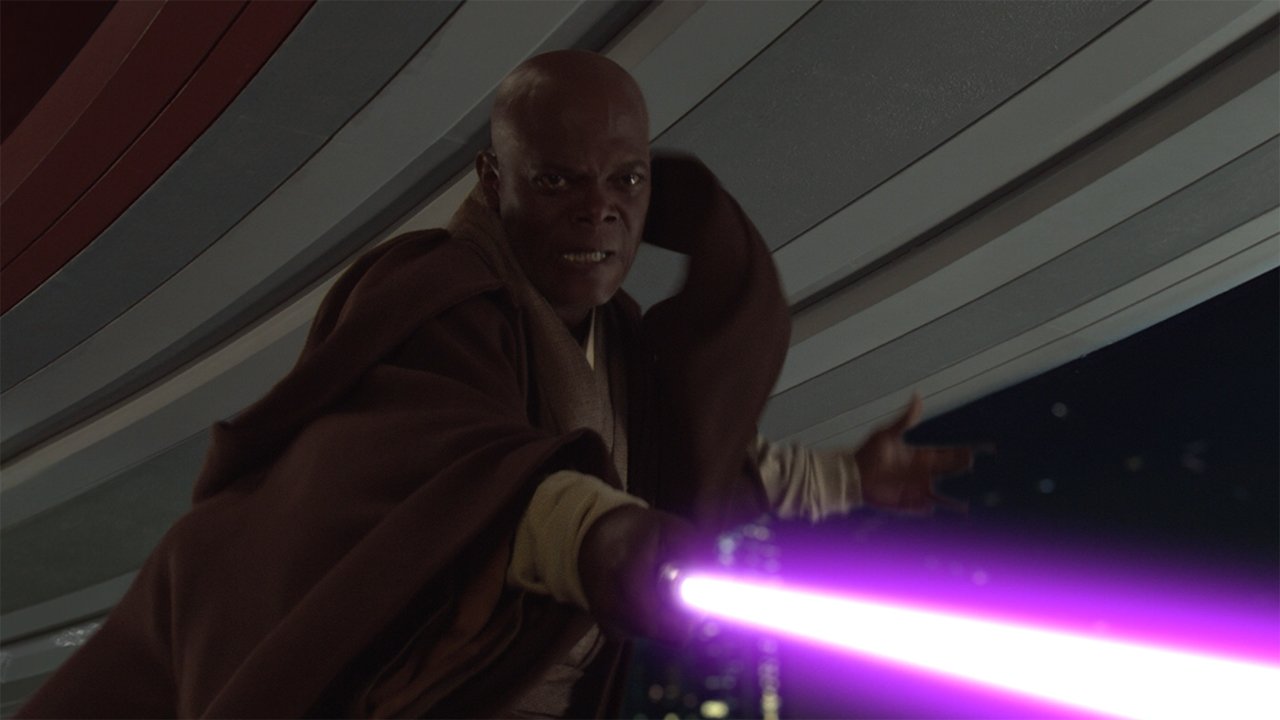
Mace Windu
As you’ll see reflected as you continue reading this feature, there isn’t a ton of color diversity when it comes to lightsabers, with most of them being either blue, green, or red, but that’s what makes Mace Windu’s weapon so special. Though it has the same Kyber crystal construction as most, it emits an amethyst plasma blade that allows it to stand out in a field of Jedi doing battle. Sadly, though, the special laser sword has seemingly been lost in the Star Wars universe ever since Anakin betrayed the Jedi Order by pledging his allegiance to Senator Palpatine and letting the future emperor kill Mace Windu with Force lightning. (As for why the lightsaber is purple, the answer is simple: Samuel L. Jackson wanted it that way, and George Lucas acquiesced).
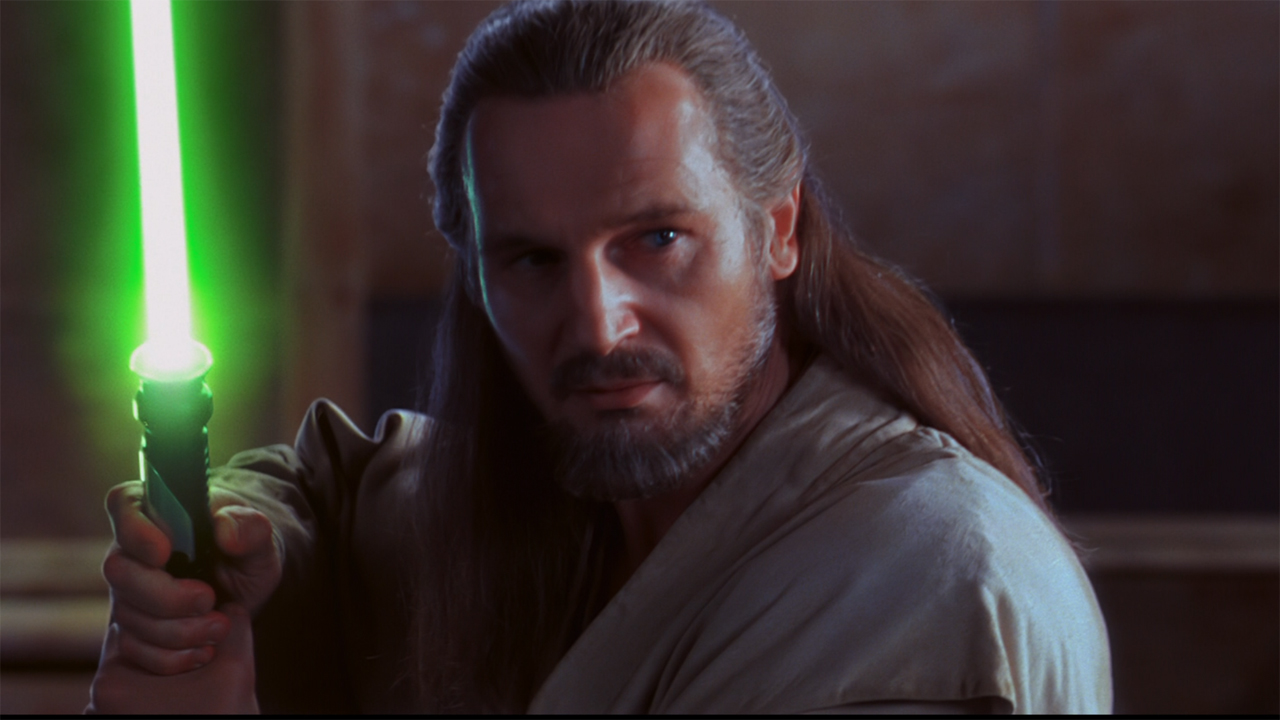
Qui Gon Jinn
The lightsaber wielded by Qui Gon Jinn wasn’t particularly notable in its construction, with a normal-sized hilt and a green blade, but what certainly does help make it stand out are the circumstances in which it was used. Specifically, Qui Gon carried the weapon during the Battle of Naboo when he and Obi-wan Kenobi faced off against the insidious Darth Maul. Sadly the Jedi’s skills with the weapon proved insufficient in one-on-one battle, with Maul killing Qui Gon Jinn, but at least the lightsaber got some revenge, as Obi-wan used his master’s weapon to slice Darth Maul in half.
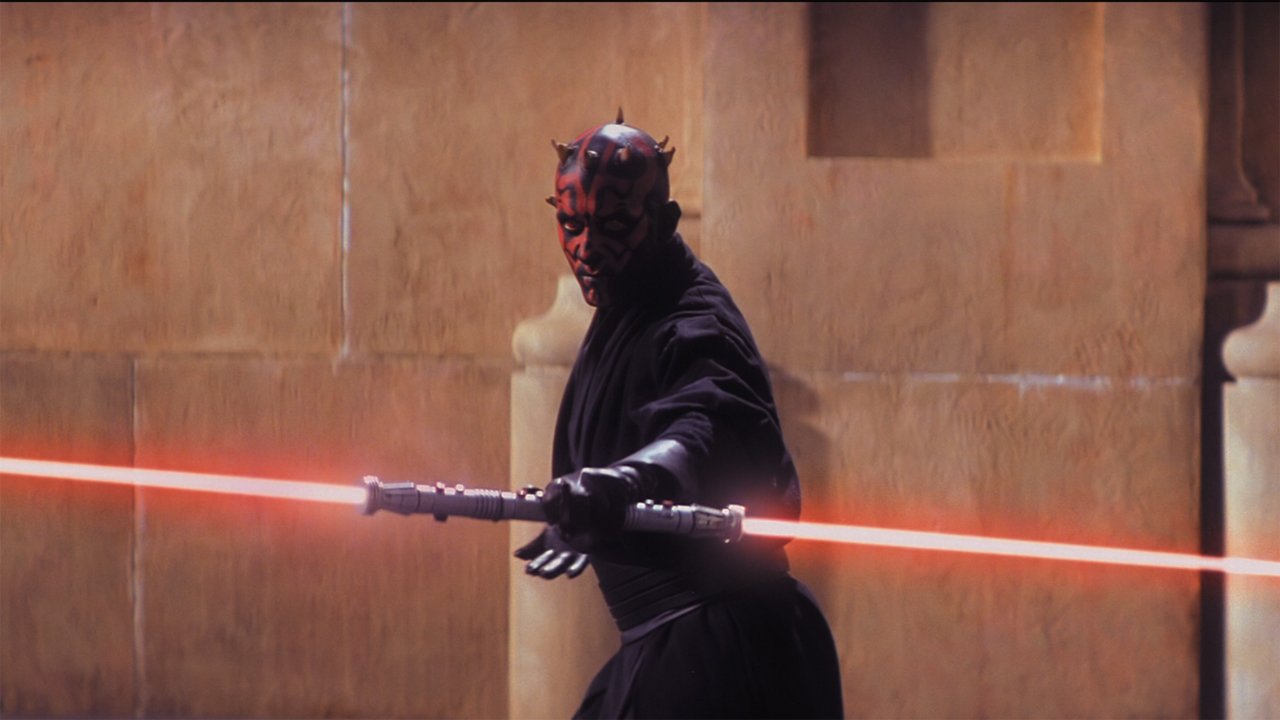
Darth Maul
There are many elements of the Darth Maul design – as first introduced in Star Wars Episode I: The Phantom Menace – that are intensely cool, but arguably nothing trumps his badass double-bladed lightsaber. Keeping with Sith tradition, the lasers are red, but the weapon is beautifully memorable because nothing like it had ever shown up in a Star Wars movie prior to its debut. The user of the lightsaber could activate one blade at a time or both simultaneously, and it helped Maul stand as a force to be reckoned with during the aforementioned Battle of Naboo. The double-bladed sword was used to kill Qui Gon Jinn, but then suffered the same fate as its wielder: bifurcated and thrown down a pit.
CINEMABLEND NEWSLETTER
Your Daily Blend of Entertainment News
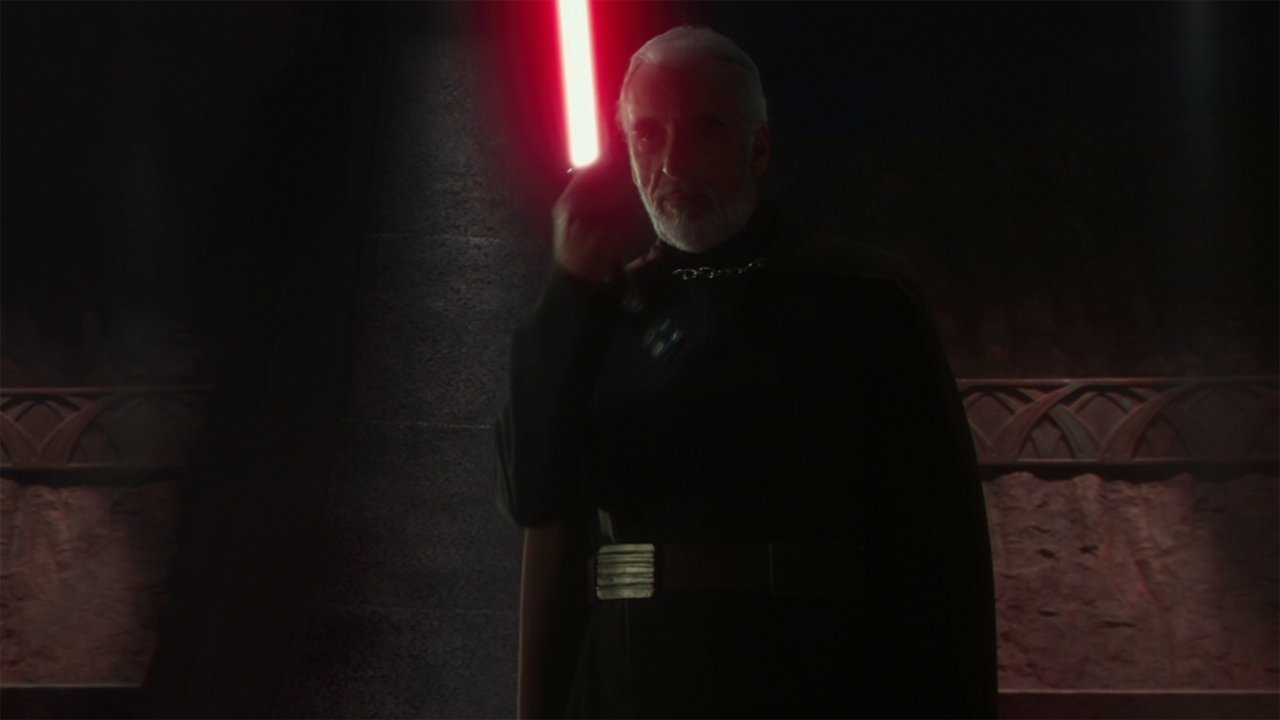
Count Dooku
Count Dooku’s lightsaber has only been featured in one Star Wars movie to date (Star Wars Episode II: Attack Of The Clones), but its design is still notable. While most lightsabers are constructed with primarily straight, parallel lines, the same cannot be said about the laser sword built by Dooku. Instead, there is a particular curve in the hilt of the weapon, which the Sith Lord felt allowed for greater finesse. As with most of those doing their business powered by the Dark Side of the force, his blade is red.
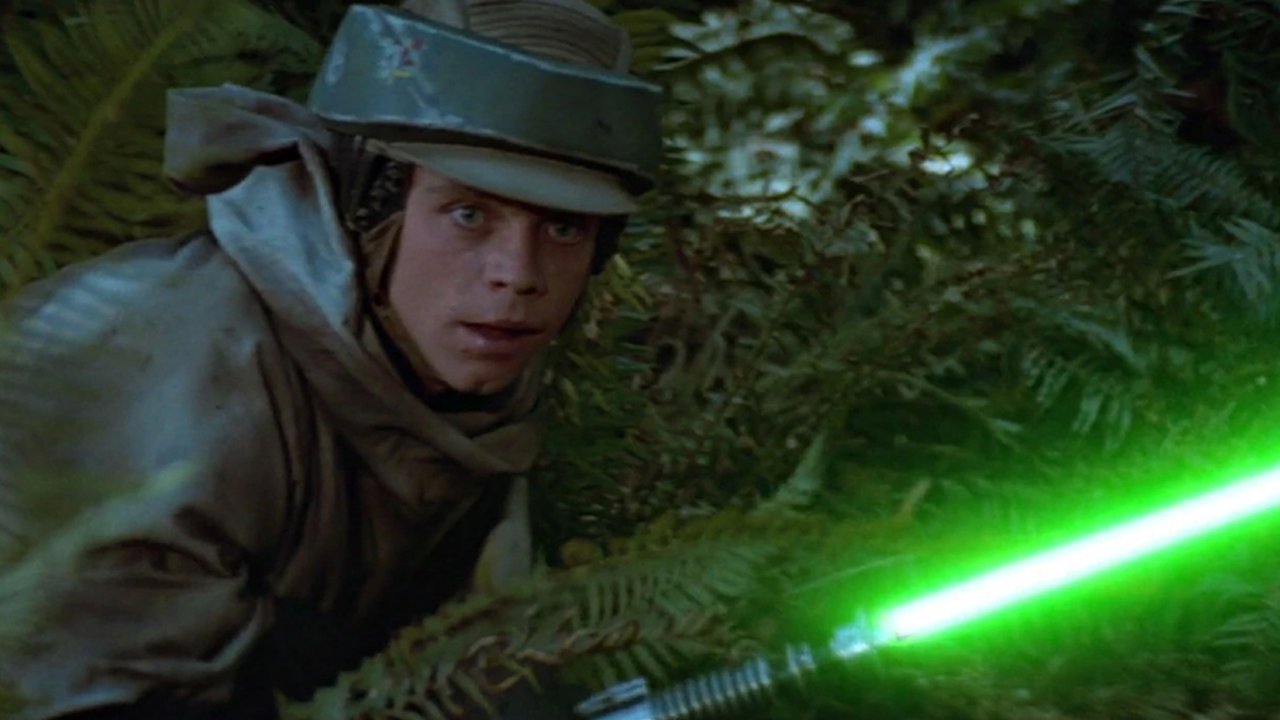
Luke Skywalker
After having used his father’s lightsaber for most of his adult life, Luke Skywalker built his own, complete with a green blade, while finishing his Jedi knight training and going to rescue Han Solo from Jabba The Hutt in Star Wars: Return Of The Jedi. Because the last lightsaber was built long before Luke got his Jedi training, he was forced to use a synthetic crystal in the construction instead of the standard kyber crystal – but the only real difference between the two ultimately is the sound that is made when the weapon is turned on.
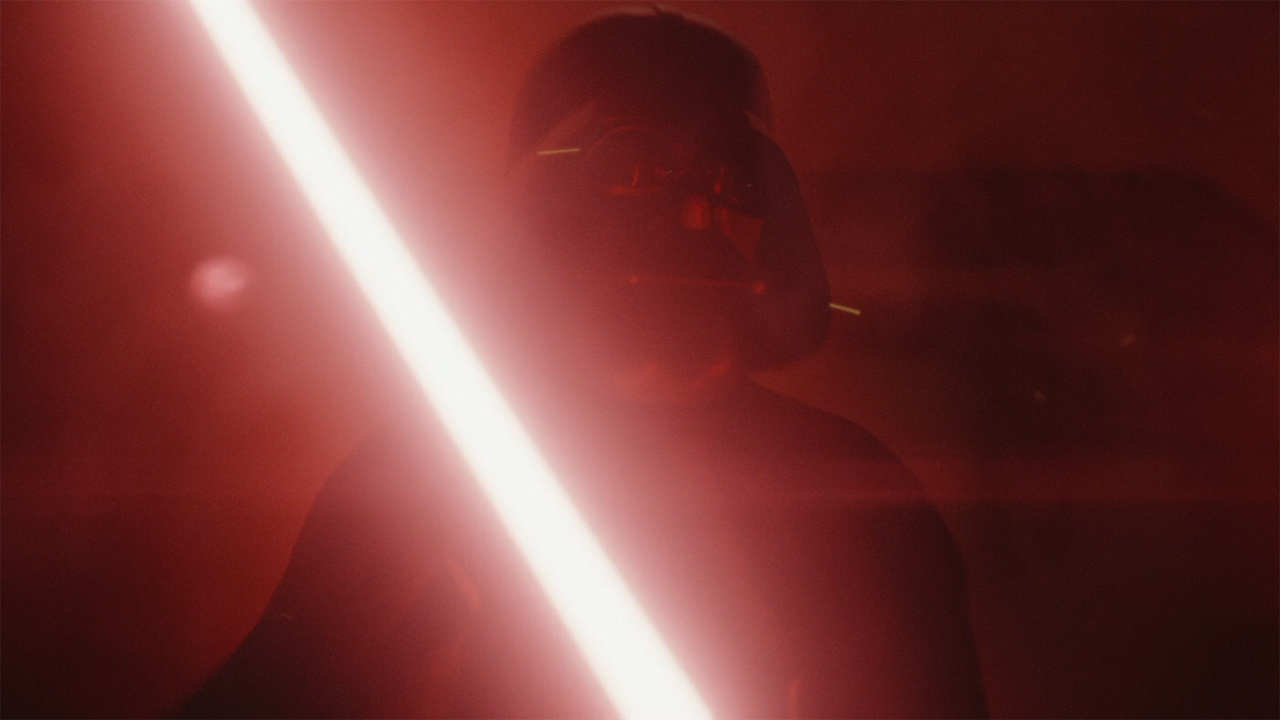
Darth Vader
Following his turn to the Dark Side and becoming Darth Vader instead of Anakin Skywalker, the notorious villain built himself a new lightsaber complete with a red blade. While it functions in most ways like your typical example of the weapon, part of what makes Vader’s particularly special is a dual-phase function that allows him to control the length of the emitted laser. Of course, this is also famously the lightsaber that killed Obi-wan Kenobi and cut off Luke Skywalker’s hand.
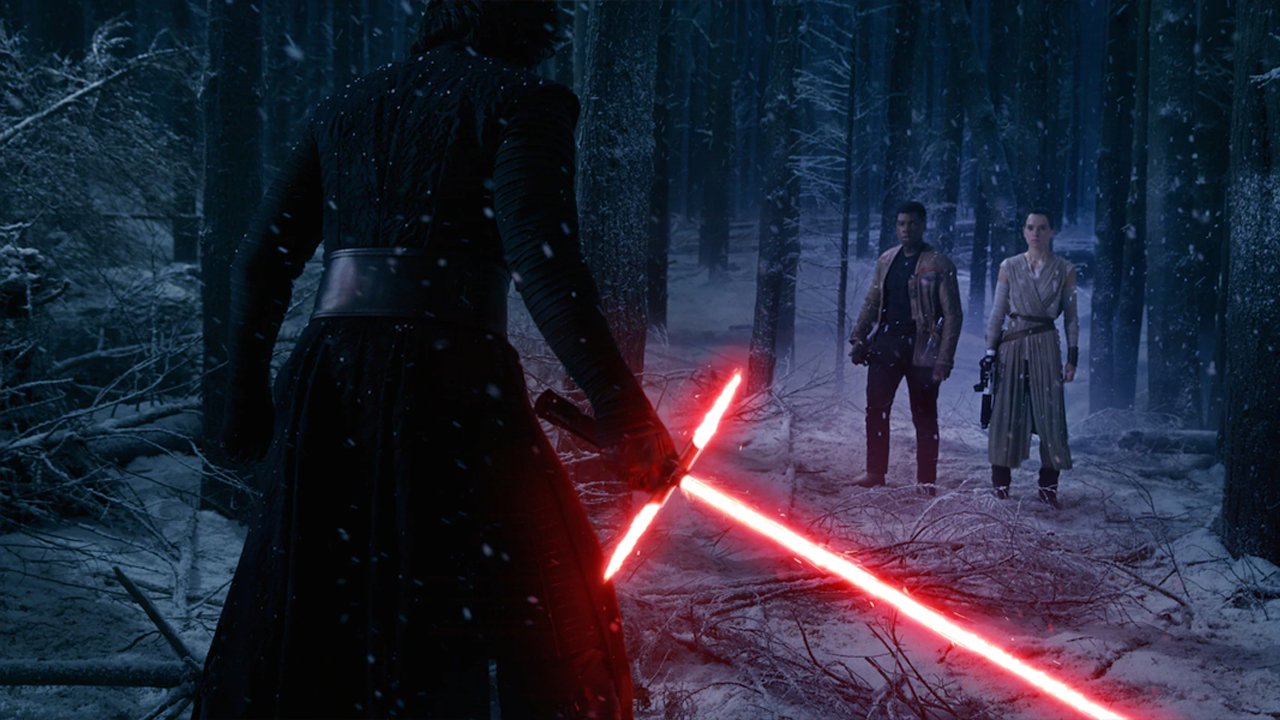
Kylo Ren
The kyber crystal is the magical key that allows lightsabers to work the way that they do, and the reason why Kylo Ren’s weapon looks different than most is because it contains a damaged kyber crystal. Because there is a risk of overloading the cracked element, lateral vents are required – which is what accounts for the unstable energy that both takes the appearance of, and works like a crossguard when the lightsaber is activated. It has been used to fight and/or kill some very important characters, including Kylo Ren’s own father, Han Solo, who is stabbed through the chest with it in Star Wars: The Force Awakens.
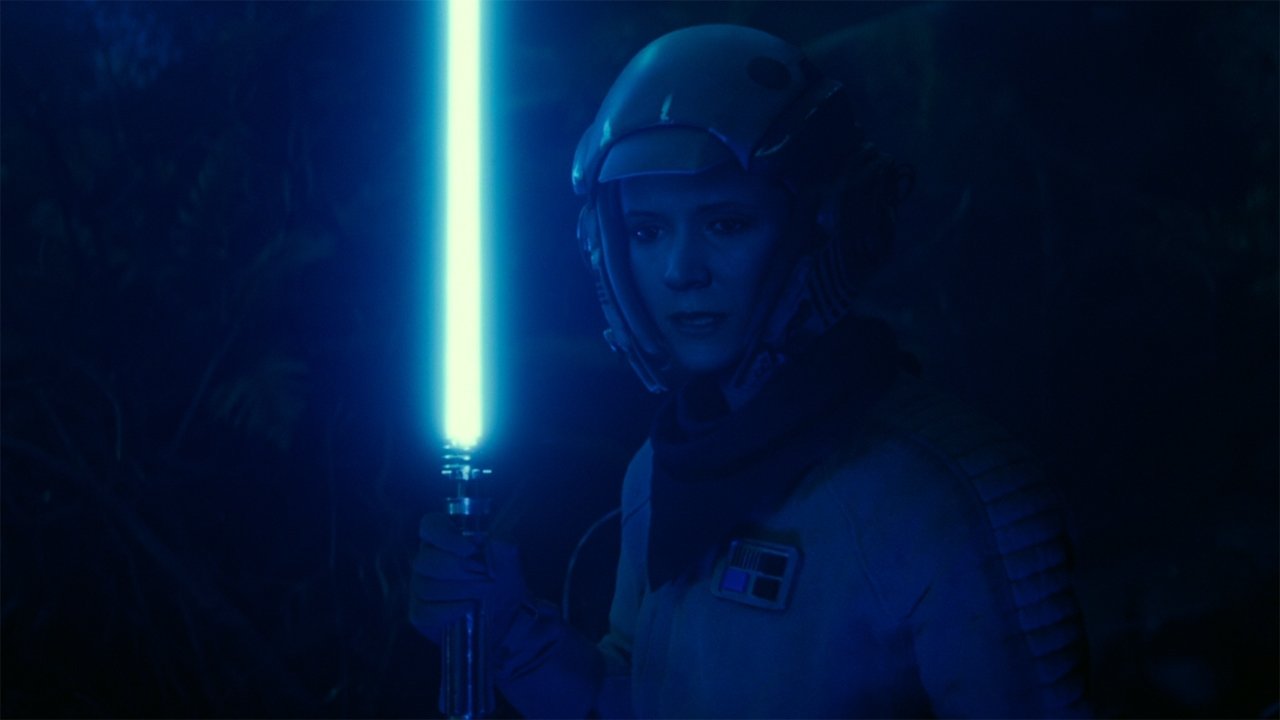
Leia Organa
One of the big revelations in Star Wars: Return Of The Jedi is that Princess Leia Organa has some very special blood running through her veins – but it still took a hell of a long time after that for audiences to finally see the character wielding a lightsaber. Leia utilizes the Force in Star Wars: The Last Jedi, but the first time we see her carrying the official weapon of the Jedi Knights is in Star Wars: The Rise Of Skywalker during a flashback sequence. Like the classic Skywalker Lightsaber, it has a blue blade, and at the end of the final film in the Saga it is buried in the sands of Tatooine next to Luke's.
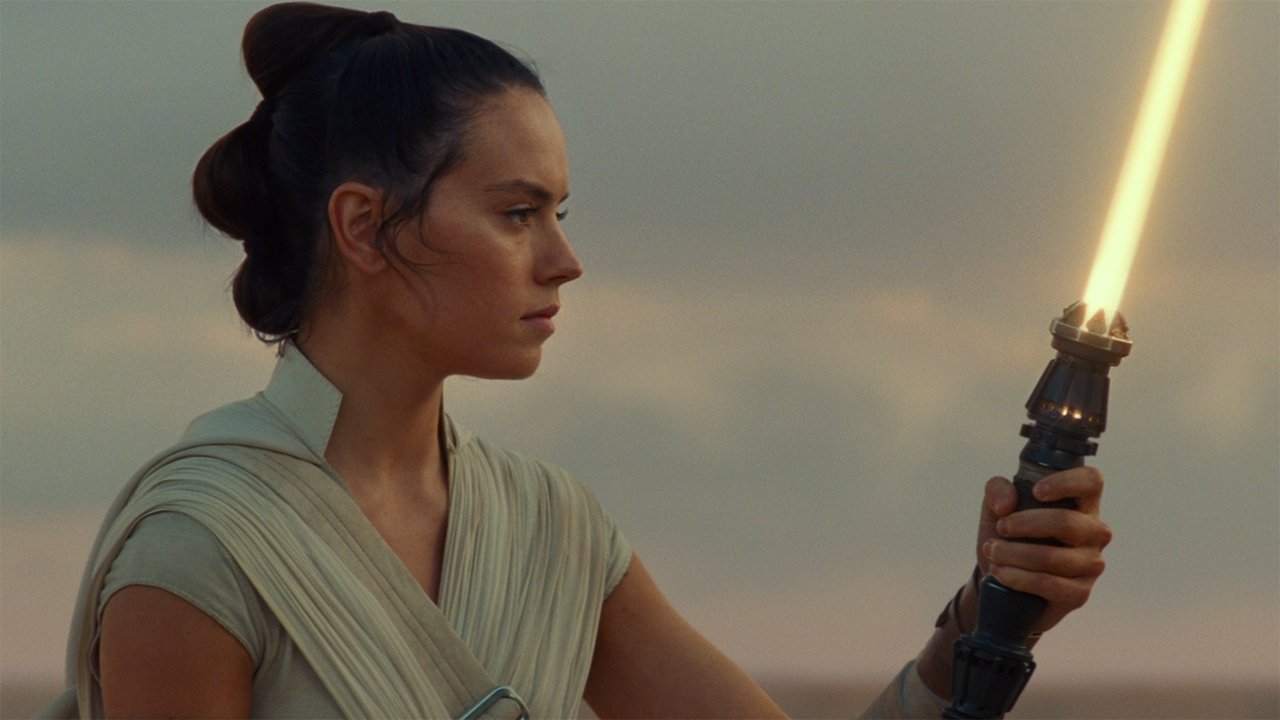
Rey
As mentioned above, Rey made use of the Skywalker Lightsaber through both Star Wars: The Force Awakens and Star Wars: The Last Jedi, but at the very end of Star Wars: The Rise Of Skywalker she finally made a weapon to call her own. It's not made wholly clear where she gets a kyber crystal from, but the custom laser sword is revealed immediately after the heroine buries Luke and Leia's lightsabers in the sands of Tatooine. It holds a special place in the history of the Star Wars franchise by being the only one in a live-action movie that is colored yellow.
Of course, this is not the end of the legacy of lightsabers in the Star Wars universe, as we will surely see many more of them invented and introduced on the big screen in the coming years. To learn about all of the projects that the franchise currently has in the works, be sure to check out our Upcoming Star Wars guide.

Eric Eisenberg is the Assistant Managing Editor at CinemaBlend. After graduating Boston University and earning a bachelor’s degree in journalism, he took a part-time job as a staff writer for CinemaBlend, and after six months was offered the opportunity to move to Los Angeles and take on a newly created West Coast Editor position. Over a decade later, he's continuing to advance his interests and expertise. In addition to conducting filmmaker interviews and contributing to the news and feature content of the site, Eric also oversees the Movie Reviews section, writes the the weekend box office report (published Sundays), and is the site's resident Stephen King expert. He has two King-related columns.
